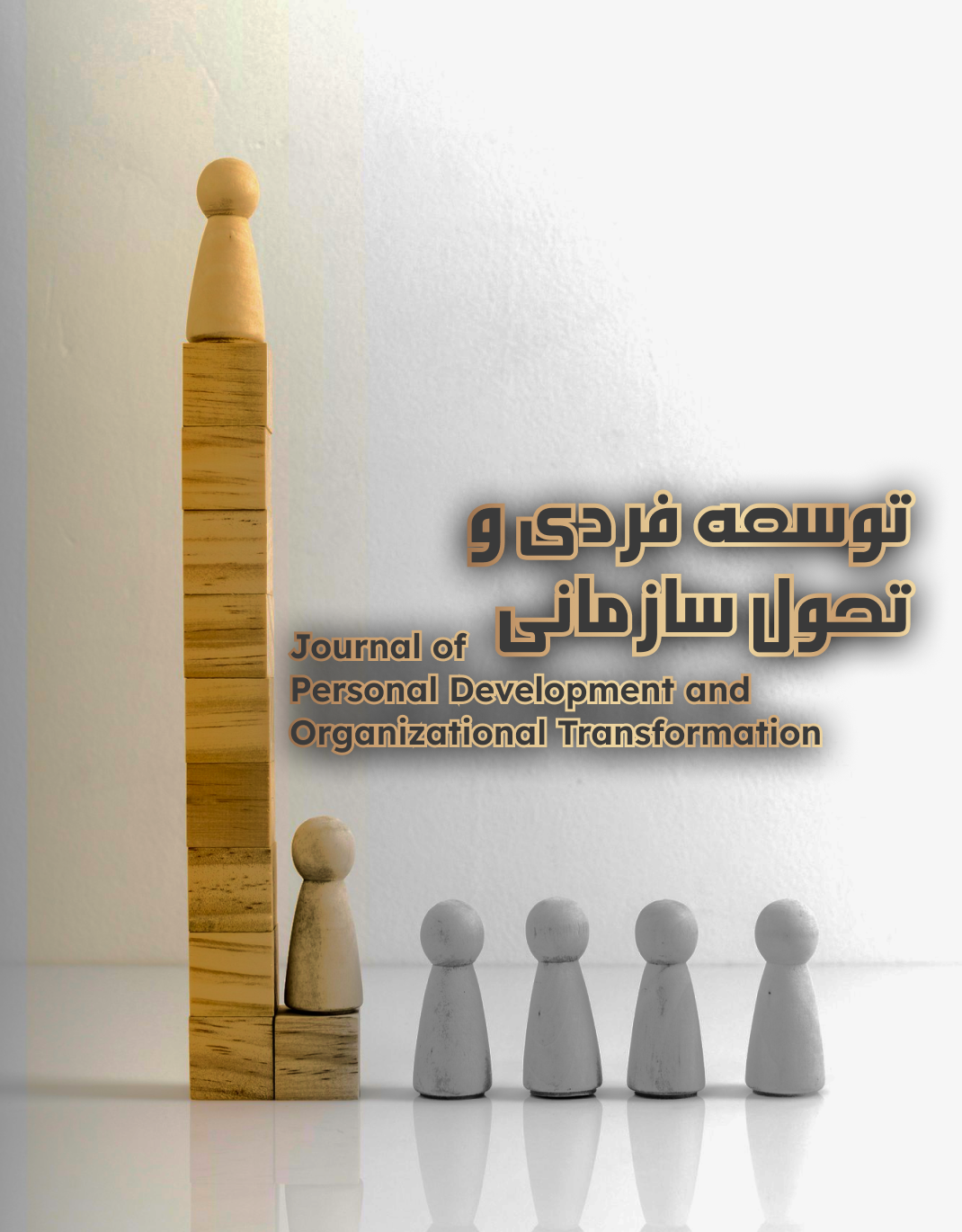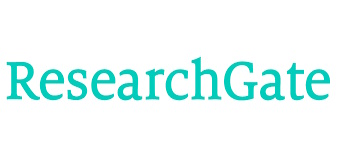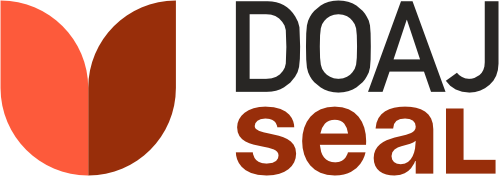Modeling Human Resource Excellence in Accordance with Identified Crises (Case Study: Medical Universities of the Country)
Keywords:
تعالی سرمایه انسانی, منابع انسانی, شرایط بحرانAbstract
One of the most significant topics of the past decade globally is human capital. Human capital—meaning the quality of the workforce or the institutionalized knowledge within individuals—contributes to increased productivity and economic growth in countries. The aim of the present study is to model human resource excellence aligned with identified crises, using a case study of the country’s medical universities. Methodologically, this research is categorized as a meta-analysis. The study adopts a mixed-methods approach (qualitative and quantitative). For the qualitative phase, thematic analysis and the Delphi technique were utilized. The statistical population and sample for the qualitative phase included 15 interviewees comprising faculty in the field of management, emergency physicians and nurses, head nurses (matrons), hospital administrators, and civil defense experts from universities. For the quantitative phase, the statistical population consisted of human resource managers from medical universities across all 31 provinces, selected via purposive sampling to complete a 22-item questionnaire. Data analysis was conducted using SPSS software with a one-sample t-test. According to the results obtained from the analysis of the research questions, crises were categorized into six groups: natural crises, social crises, medical crises, managerial crises, infrastructural crises, and political crises. Corresponding actions were identified for each type of crisis, including job analysis, selection, recruitment, human resource planning, training and socialization, health and safety, and employee relations. These components were determined using the Delphi method through expert consultation. Based on the findings, all variables—except for human resource planning—were assessed as being below the desired level in terms of current status (i.e., job analysis, selection, recruitment, training and socialization, health and safety, employee relations). In light of these findings, it can be concluded that achieving excellence in human capital under crisis conditions depends on implementing appropriate human resource and managerial actions tailored to the specific type of crisis, which must be given proper attention.
Downloads
References
Ahang, F., Ghafari, H., Mahdi, M., & Mohammadi Pour, S. (2020). Analyzing the key drivers affecting the development of human resource agility in military organizations. Quarterly Journal of Defense Future Studies, 5(18), 63-86. https://www.dfsr.ir/article_242407.html
Angeles, A., Perez-Encinas, A., & Villanueva, C. E. (2022). Characterizing organizational lifecycle through strategic and structural flexibility: Insights from MSMEs in Mexico. Global Journal of Flexible Systems Management, 23(2), 271-290. https://doi.org/10.1007/s40171-022-00301-4
Anwar, G., & Abdullah, N. N. (2021). The impact of Human resource management practice on Organizational performance. International Journal of Engineering, Business and Management, 5(1), 35-47. https://doi.org/10.22161/ijebm.5.1.4
Ashrafi, A., Mohaghegh Dolat Abadi, M. R., Faqihi Pour, J., Mafi, K., & Darbandi, F. (2022). Designing a comprehensive model for human resource management in the healthcare sector during health crises. Journal of Iran Health Insurance, 5(1), 60-67. https://www.sid.ir/paper/1022241/fa
Beheshti, A., Farhadi Mahalli, A., Tabari, M., & Maatoufi, A. (2024). Presenting a Model for Implementing Green Human Resource Management Policies with Emphasis on Spiritual Leadership at Shahroud University of Medical Sciences. https://civilica.com/doc/2174614
Edvardsson, I. R., & Durst, S. (2021). Human resource management in crisis situations: a systematic literature review. Sustainability, 13(22), 12406. https://doi.org/10.3390/su132212406
Eshaghieh Firouzabadi, A. E., Islami, H., & Hematian, H. (2021). Designing a model for evaluating the factors influencing human resource excellence using system dynamics (Case study: Ceramic and tile industries in Yazd Province). Quarterly Journal of Management of Tomorrow, 66, 55-67. https://www.sid.ir/paper/1039239/fa
Faramarzi Babadi, S., Eskandari Asl, H. A., Dolatyari, F., & Alipoor, H. (2024). Limitations of English Language Learning in Universities of Chaharmahal and Bakhtiari Province and Strategies to Overcome Them [Research Article]. Iranian Journal of Educational Sociology, 7(1), 124-132. https://doi.org/10.61838/kman.ijes.7.1.12
Ismail, F., & Mohd-Yusof, H. (2023). Exploring The Role And Impact Of Human Capital Management On Organizational. International Journal of Modern Trends in Business Research (IJMTBR), 6(21), 35-42.
Kahrizi, S., & Aloudari, H. (2020). Designing a crisis management model from a human resources perspective using thematic analysis: A study of the earthquake in Kermanshah Province. Strategic Management Research, 26(79), 13-32. https://smr.journals.iau.ir/article_682388.html
Kashtidar, M., Rasekh, N., Ghasemi, H., Darabi, M., & Maghsoodi Imen, H. R. (2024). Designing a Productivity Management Model for Physical Education Departments in Universities and Higher Education Institutions in Iran with the aim of Improving Accountability System. Human Resource Management in Sports, 11(1), 151-176. https://doi.org/10.22044/shm.2023.12678.2527
Keykhoshravi, H., Faezi, F., & Heydarieh, S. A. (2023). Designing a model of effective factors on the implementation of succession planning in universities with a mixed approach. Journal of Sustainable Human Resource Management, 5(8), 171-145. https://doi.org/10.22080/shrm.2023.4163
Khosravi, S., Nejad Irani, F., Rahimi, G., & Hojjati, S. A. (2023). Designing a suitable model to govern the system approach to different areas of human resource management in the civil service management law. Innovation Management in Defensive Organizations. https://doi.org/10.22034/qjimdo.2023.405200.1601
Kutieshat, R., & Farmanesh, P. (2022). The impact of new human resource management practices on innovation performance during the COVID 19 crisis: a new perception on enhancing the educational sector. Sustainability, 14(5), 2872. https://doi.org/10.3390/su14052872
Lazarov, A. S. (2020). The importance of human capital and the human organization management in a crisis situation. In Proceedings of the International Conference on Business Excellence, https://doi.org/10.2478/picbe-2020-0086
Margherita, A. (2022). Human resources analytics: A systematization of research topics and directions for future research. Human Resource Management Review, 32(2), 1-10. https://doi.org/10.1016/j.hrmr.2020.100795
Minbaeva, D. B., & Navrbjerg, S. E. (2023). Strategic human resource management in the context of environmental crises: A COVID‐19 test. Human Resource Management. https://doi.org/10.1002/hrm.22162
Mohammadi Khani, K., Shiri Yaeichi, H., & Nasiri Qarqani, B. (2020). Designing a comprehensive model for human resource development based on organizational excellence and vitality (Case study: National Meteorological Organization). Research (with mixed approaches), 11(3), 213-250. https://jpap.sbu.ac.ir/article_96834.html
Mousavi, M. S., Bashir Khodaparasti, R., Torabi Pour, M. R., & Soleimani, Q. (2020). Designing and implementing a human resource excellence model in the police; A case study of police command managers in West Azerbaijan Province. Scientific Journal of Police Knowledge, 13(48), 81-103. https://www.magiran.com/paper/2387973/
Okunade, S., Alimi, A., & Olayiwola, S. (2022). Do human capital development and globalization matter for productivity growth? New Evidence from Africa. Social Sciences & Humanities Open, 6(1), 1-9. https://doi.org/10.1016/j.ssaho.2022.100291
Parsakia, K. (2024). Resource Management Strategies in the Hospitality Industry: Balancing Profit and Sustainability. Journal of Resource Management and Decision Engineering, 2(4), 17-23. https://journalrmde.com/index.php/jrmde/article/view/34
Parsakia, K., & Jafari, M. (2023). Strategies for Enhancing Customer Engagement Using Artificial Intelligence Technologies in Online Markets. Journal of Technology in Entrepreneurship and Strategic Management (JTESM), 2(1), 49-69. https://doi.org/10.61838/kman.jtesm.2.1.6
Sanjghi, M. I., Ramazan, M., Shafaqat, A., & Milani Nejad, H. R. (2022). Designing a strategic human capital management model: A case study of design centers in the defense industry. Journal of Human Resource Management Research, 14(1), 41-69. https://ensani.ir/fa/article/496931/
Selgi, Z., Vahdati, H., Mousavi, S. N. a.-D., & Nazari Pouri, A. H. (2021). Designing a model for lean human resource excellence; A foundation for assessing the degree of lean human resources. Management Researches in Iran, 25(1), 74-93. https://mri.modares.ac.ir/article_547.html
Downloads
Published
Submitted
Revised
Accepted
Issue
Section
License
Copyright (c) 2025 وحید رحمانی (نویسنده); مراد رضایی دیزگاه; حمیدرضا رضایی کلیدبری (نویسنده)

This work is licensed under a Creative Commons Attribution-NonCommercial 4.0 International License.







